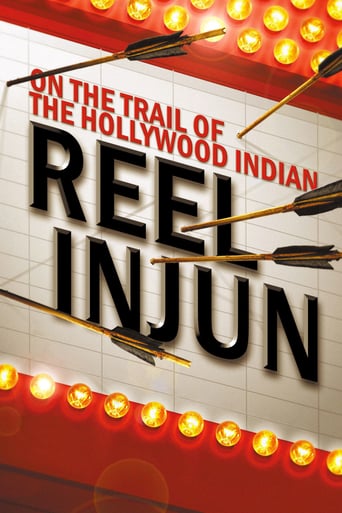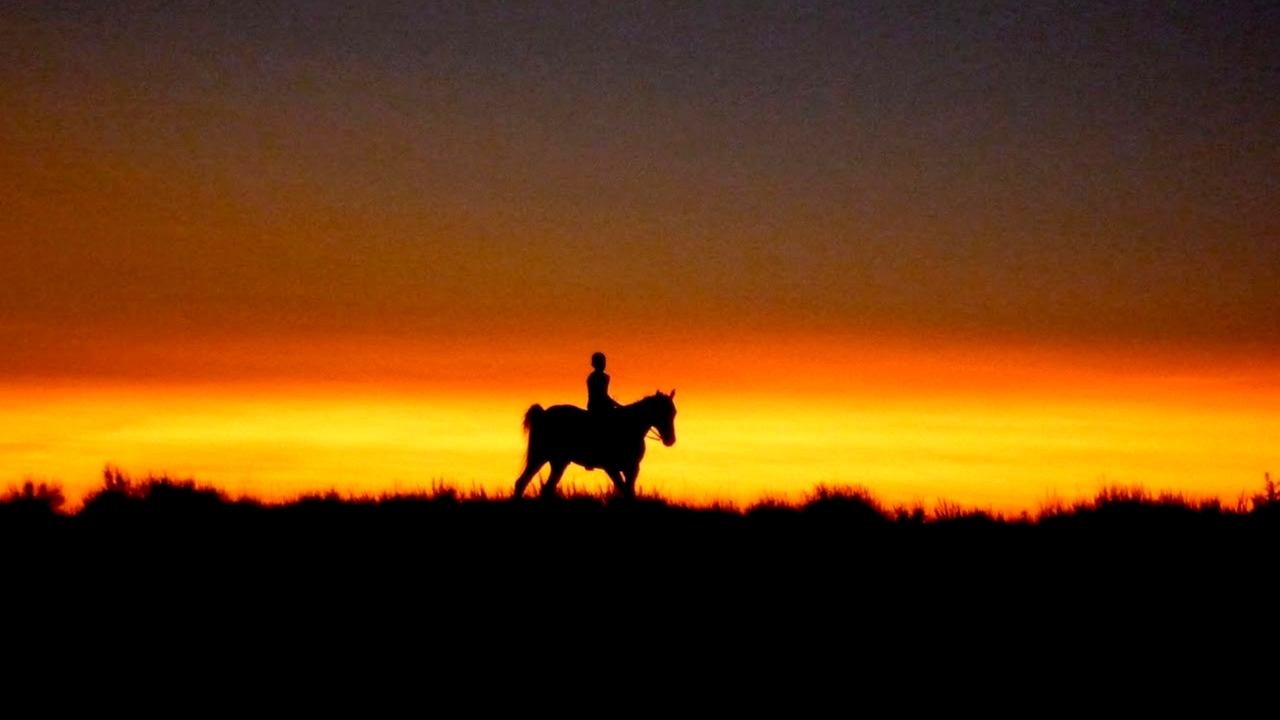oscar-35
*Spoiler/plot- Reel Injun, 2009. A documentary of a young Canadian Cree Indian to explore how native Americans have been publicly portrayed by others through the cinema.*Special Stars- Adam Beach, Russell Means, John Trudell, Sacheen Little Feather(aka Maria Cruz).*Theme- Minorities that criticize how others see them should get involved in the process and make change happen.*Trivia/location/goofs- color, documentary. Filmed in the western US at historic places for native peoples.*Emotion- I watched this film with an open mind. Especially since my grandfather was an actor in the early film industry and in many Westerns. But I was disappointed in the same boring Progressive radical re-writing of history agenda that permeated this film's message. The film's evidence has two standards on both sides. In one part, they were complimentary to the film industry at first and then in the next part, they blamed the industry for all their problems in a false public perceptions of native Americans. Films are not history and shouldn't be held up as such. It's fiction and is the re-writing of history. Films need to be seen in context of the historic times they came out in. One silly example of a positive Indian portrayal told in this documentary film was the film 'Billy Jack'(an anti-war film of it's time) and also the film, 'Little Big Man'(an anti-war film of it's time). Both films were of a non-Indian lead characters illustrating ridiculous Indian and Caucasian history in totally differing & opposite thematic views. Don't expect to get basic ideas supported by fact in this propaganda film, do your own research.
MartinHafer
It's important that you understand that this film IS directed by Neil Diamond. However, it is NOT the Neil Diamond that middle-aged ladies love to listen to but just someone with the same name. Do NOT approach the singer and congratulate him on this movie--he'll probably think you are a nut! This film is about the depictions of Native Americans in film and the stereotypes that you'll see in them. The film has some wonderful facts that really are interesting. It also has a really, really good point to make--that too often, they are treated as a monolithic group and not as people. Both the ridiculously noble as well as the crazed, blood-thirsty killer image are one-dimensional and really miss the mark. The film does a GREAT job in pointing this out and featured tones of wonderful interviews and clips of films with positive depictions.While I heartily recommend the film, I do have one big gripe with it. While it does not destroy the overall message at all, I really disliked how the film unfairly maligned John Ford and John Wayne by making a very broad over-generalization. While there was SOME truth that Wayne popularized killing 'Indians' in film, he and Ford did NOT create this myth of the evil native. In fact, several times Ford and Wayne made films that said the exact opposite. Yet, oddly, the film used one of these wonderfully sympathetic films to try to prove its case--a situation where the film makers either really did NOT see the film or they deliberately misrepresented it. They showed many clips from "The Searchers" and pointed out that Wayne was popularizing the evil Indian myth. This is the exact opposite of the meaning of this film. Wayne plays a man who is crazed--who is obsessed with killing these people. And, he is clearly BAD and the film condemns him for this!!! Also, other examples where Wayne and Ford made the natives real sympathetic people are also ignored in the film--a great example being "Fort Apache"--where Wayne argues with his commanding officer--insisting that the natives be treated with respect and honesty. To me, their anti-Ford/anti-Wayne argument is SOMETIME correct (such as in "Stagecoach") and sometimes not---and is, oddly, a case of stereotyping. Next time, think through your film analysis better--it would have made this a perfect or near-perfect documentary. Instead, it can detract from the film when the viewer is savvy concerning these films.
JustCuriosity
Reel Injun is a compelling and insightful film about the history of Hollywood's stereotyping of Native Americans. While it may be trying to cover too much in presenting the entire history of Native Americans in film from the silent era to the present (and thus skips over much in its broad sweep), it is nevertheless highly informative and provocative. I suspect that even the most of the film junkies here at SXSW Film Festival in Austin, TX learned quite a bit about a topic that has rarely been treated systematically. The use of small stories about the characters and humorous antidotes is excellent. In exploring the film portrayals of Native Americans Reel Injun also reflects on how the broader culture and the Native peoples have come to view themselves. Even our portrayal of all the specific tribes as the stereotypical feather-laden plains "Injun" was a form of cultural warfare. The evolution of their image in more recent films reflects the gradual changes that have occurred in our culture as it has become increasingly multicultural and open-minded. This film could certainly be used as a powerful educational tool to educate students about how we have historically not only committed genocide against Native Peoples, but used film to portray the victims of American colonial expansion as the violent aggressors.
jonathan-577
This native-directed documentary about Hollywood portrayals of First Nations through the years is appealing, good-humored, and watchable, and will be a valuable educational tool. However, it would have been more valuable (and may be yet; this screening was apparently not the final cut) if its various flaws were addressed. There is a sense throughout of the film biting off more than it can chew. The "journey" framing device - in which Diamond heads out on the road to visit various real-life locations of cinematic lore - works case-by-case, but there's no through line and Diamond isn't on screen enough to establish a presence. While one sees the need to address on screen portrayals' relationship to the realities of early colonialism, 70s AIM activism, macho Indian-themed summer camps etc, these byways reduce the space for the central discussion of the movies themselves. Instead things drift toward pat decade-indexed generalizations, so that in the 70s Billy Jack leads directly to Wounded Knee - quite a stretch! While one can readily understand that native viewers don't much like John Ford westerns, presenting the racist cowboy of The Searchers as a direct expression of the filmmakers' attitudes is asking for trouble. And if you're going to show Little Big Man to an elementary school audience to gauge their reaction, then SHOW US the damn reaction! The best talkers of the film are activist John Trudell and comic Charlie Hill, but as insightful as they are, the native stunt man and costume designer do a better service to the movie's themes. (And please spare me the Robbie Robertson star turn!) And in the end everyone lives happily ever after in rose-colored Celluloid Closet style. All that said, though, the film also reveals the existence of a self-portraying Native cinema in the silent era, translates some hilarious Lakota profanity from a vintage western, and highlights the tragedy of the secretly triracial early movie star Buffalo Child Long Lance, among other revelations. Its moments of insight earn it a more than passing grade in spite of its failings.


 AD
AD


